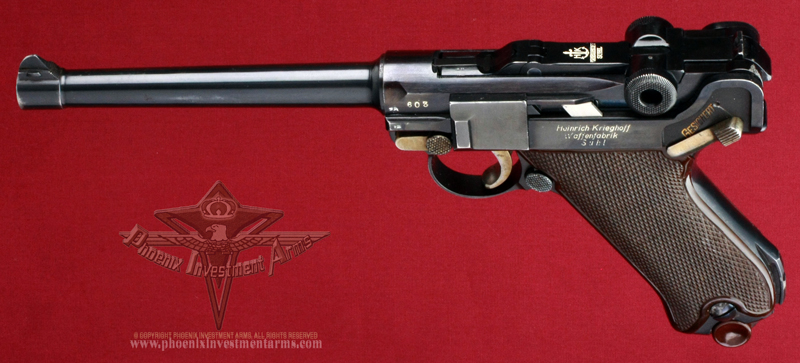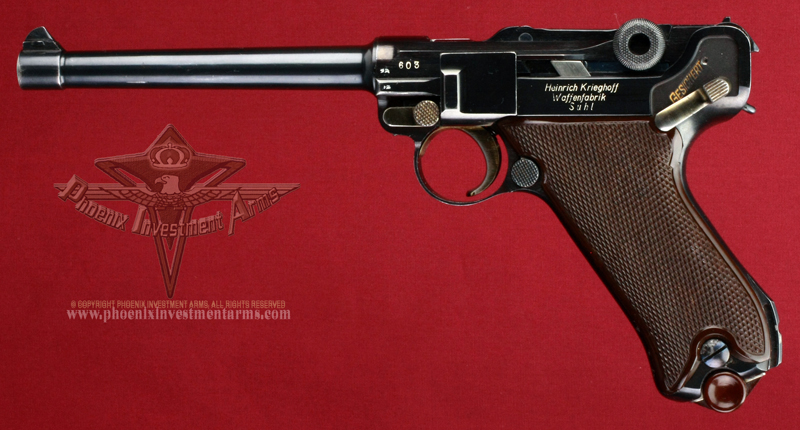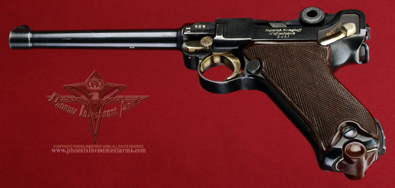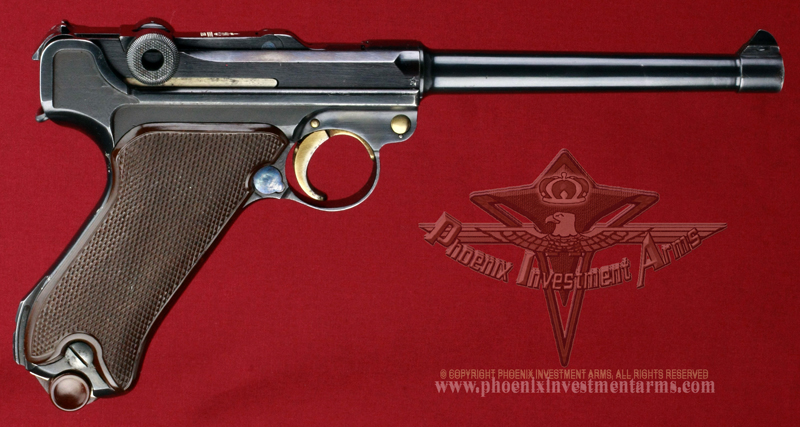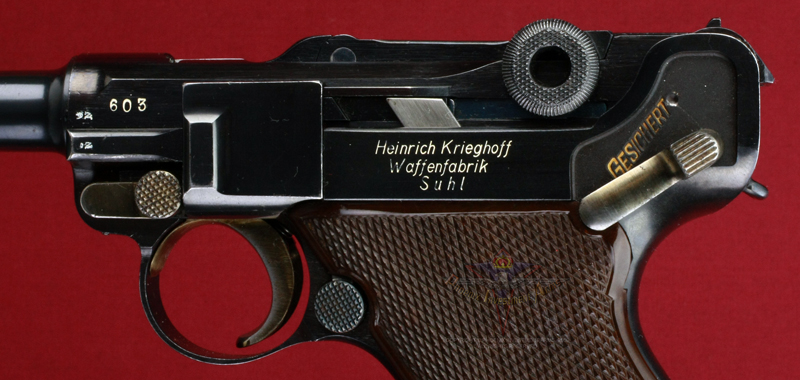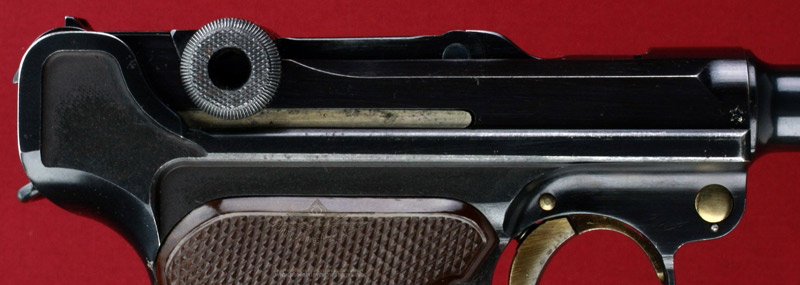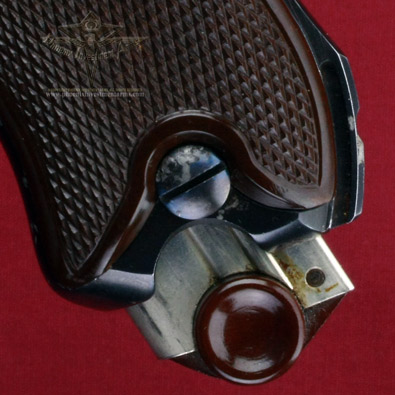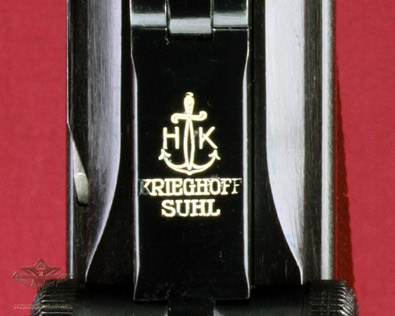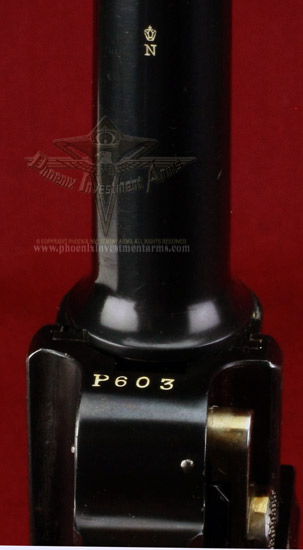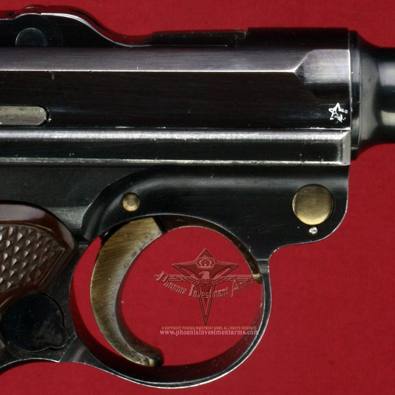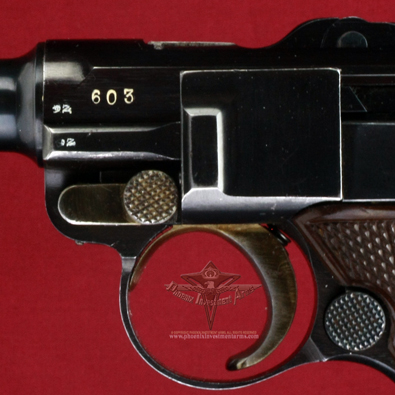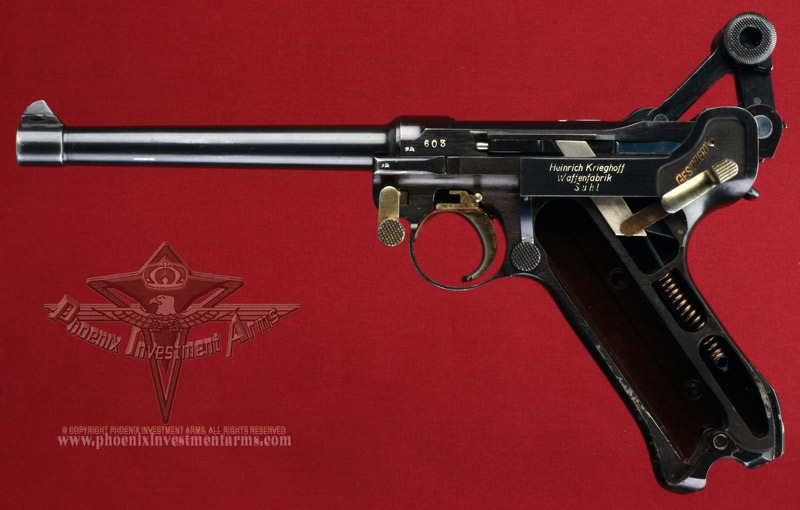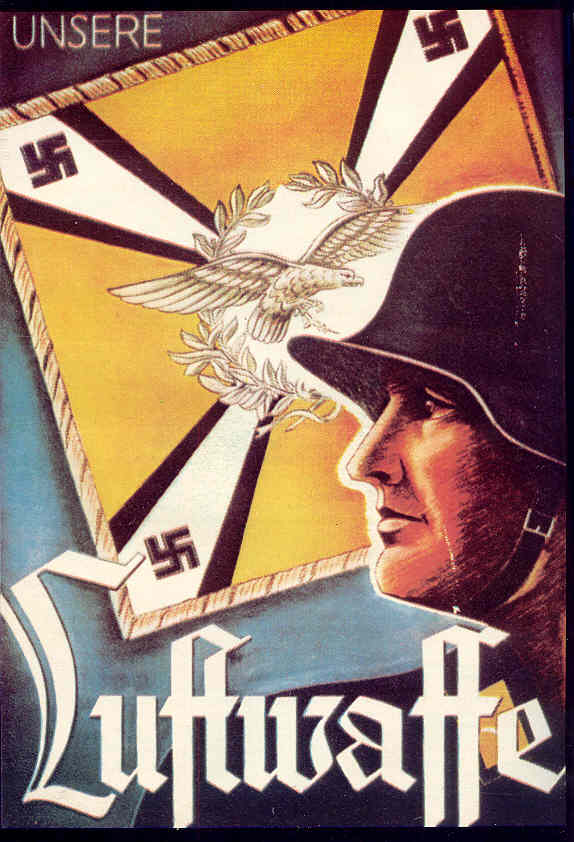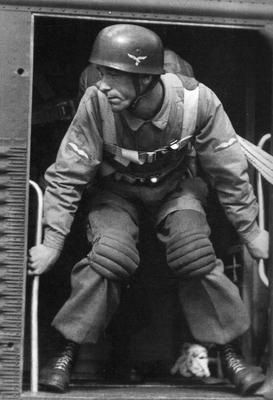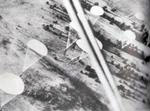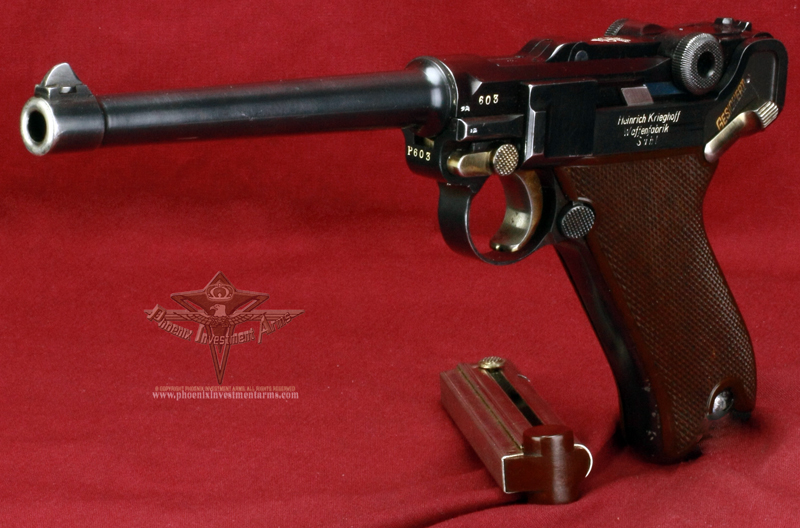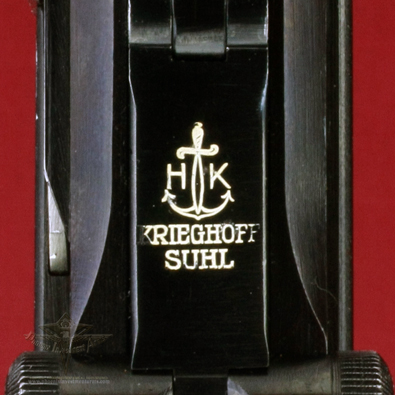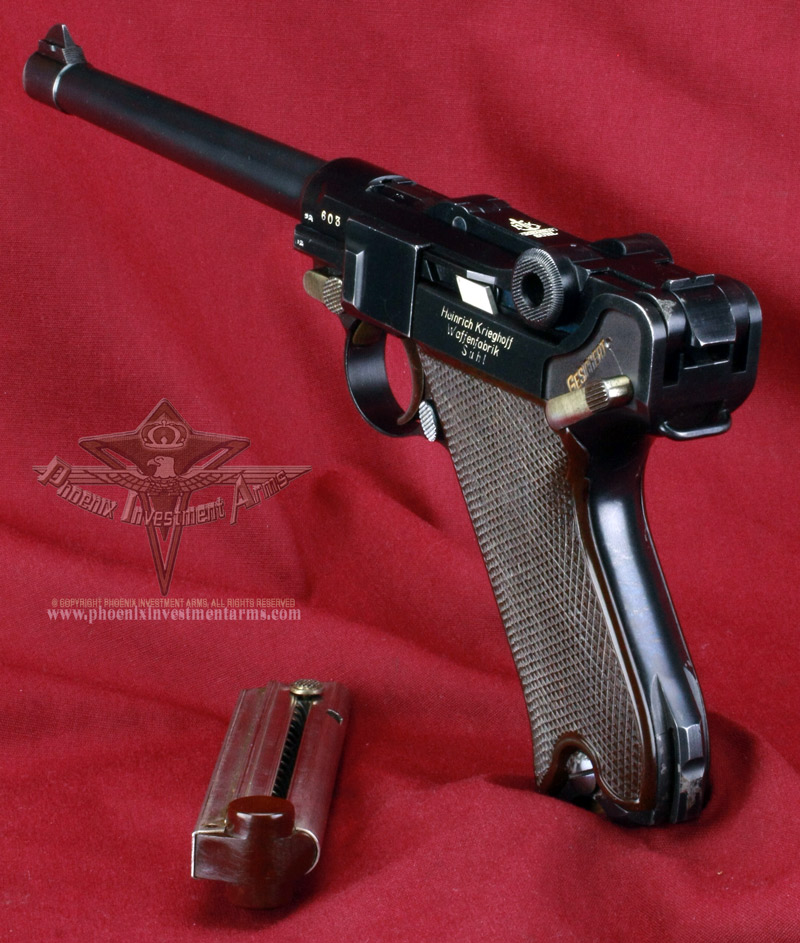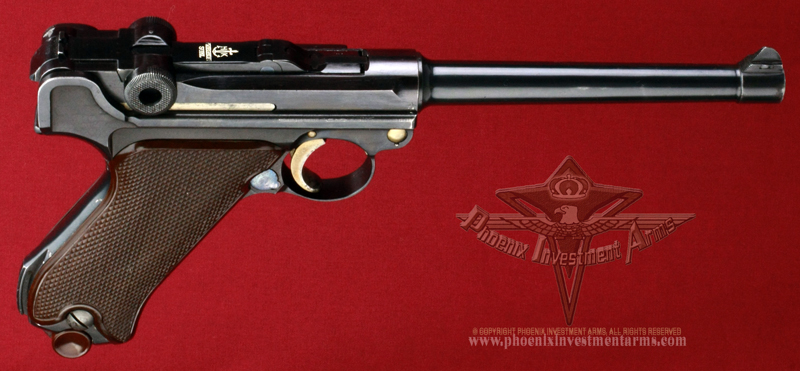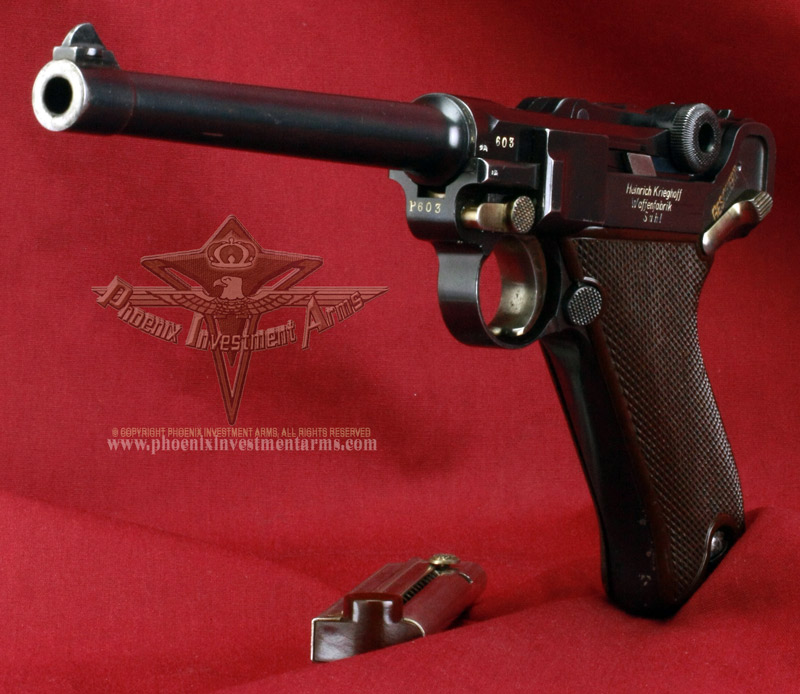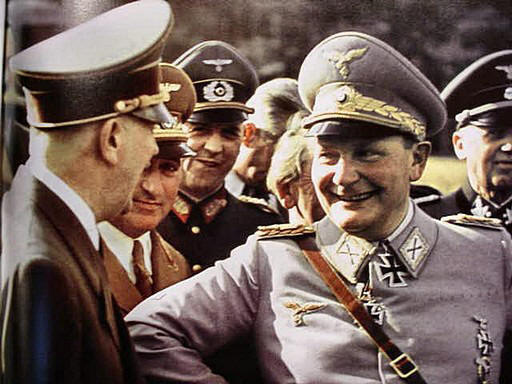
Reichsmarschall Hermann Göring became
personally committed to the creation of Germany's airborne arm in
the 1930s. As the Prussian Prime Minister of the Interior, he
ordered the formation of a specialist police unit in 1933, the
Polizeiabteilung z.b.V. Wecke, devoted to protecting Nazi
party officials.
On 22 December
1933, the unit was again retitled, becoming the
Landes-polizeigruppe General Göring. |
The unit carried
out conventional police duties for the next two years under the
command of Göring's ministerial adjutant Friedrich Jakoby, but it
was Göring's intention to ultimately produce a unit that would match
the Reichswehr.
In the spring of
1935 (March–April) Göring transformed the Landespolizei
General Göring into Germany's first dedicated airborne
regiment, giving it the military designation Regiment General
Göring (RGG)
The
unit was incorporated into the newly-formed Luftwaffe'
on October 1st of the same year and training commenced at
Altengrabow. |
|
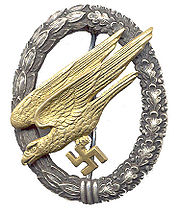 Göring also ordered that a group of volunteers be drawn
for parachute training. These volunteers would form a core
Fallschirmschützen Bataillon ("parachute soldiers
battalion"), a cadre for future Fallschirmtruppe
("parachute troops"). In January 1936, 600 men and officers formed
the 1st Jäger Battalion/RGG, commanded by Bruno Bräuer,
and the 15th Engineer Company/RGG and were transferred to training
area Döberitz for jump training while the rest of the regiment was
sent to Altengrabow. Germany's parachute arm was officially
inaugurated on 29 January 1936 with an Order of the Day calling for
recruits for parachute training at the Stendal Parachute Training
School located 96 km west of Berlin. After Six Qualifying
jumps the parachutist was awarded the parachute badge. Göring also ordered that a group of volunteers be drawn
for parachute training. These volunteers would form a core
Fallschirmschützen Bataillon ("parachute soldiers
battalion"), a cadre for future Fallschirmtruppe
("parachute troops"). In January 1936, 600 men and officers formed
the 1st Jäger Battalion/RGG, commanded by Bruno Bräuer,
and the 15th Engineer Company/RGG and were transferred to training
area Döberitz for jump training while the rest of the regiment was
sent to Altengrabow. Germany's parachute arm was officially
inaugurated on 29 January 1936 with an Order of the Day calling for
recruits for parachute training at the Stendal Parachute Training
School located 96 km west of Berlin. After Six Qualifying
jumps the parachutist was awarded the parachute badge. |
